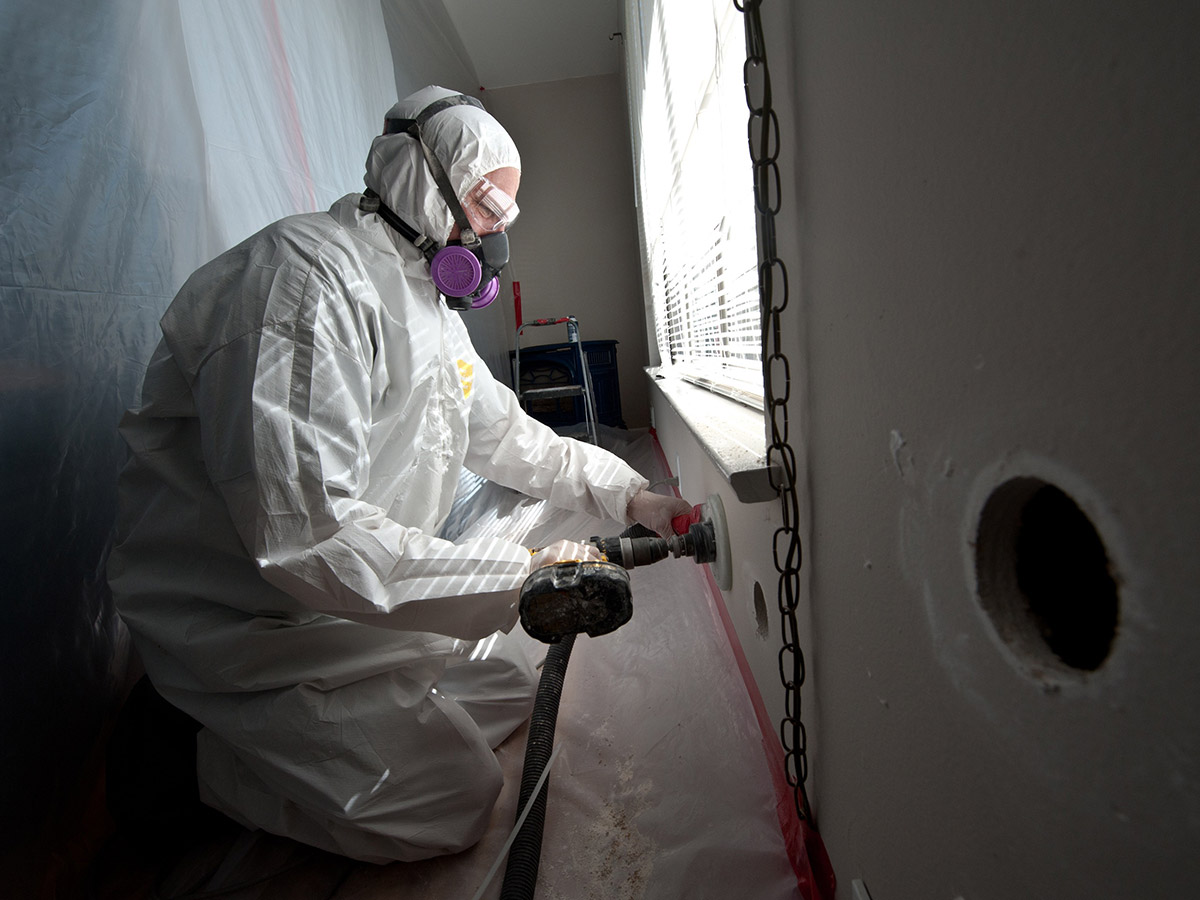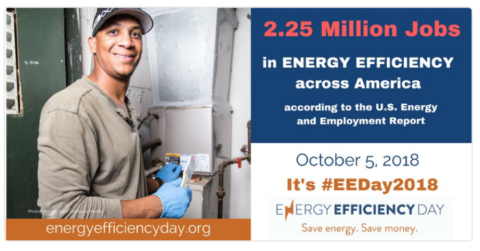

Today, on Energy Efficiency Day, we are reflecting on all of the benefits of energy efficient buildings and homes in making our indoor spaces healthier and more comfortable every day. We also are appreciating the more than 2 million people working to rebuild our homes, schools, and offices to be more efficient.
Whether we realize it or not, in the hot summer months, efficient appliances and weatherization keep energy bills lower at home, and in the winter months, state-of-the-art heating systems keep spaces comfortable while using less energy.
These improvements are driven by effective policies such as building codes and appliance standards—which have radically altered the spaces in which we live and work—as well as Energy Efficiency Resource Standards, fuel economy standards, creative finance instruments, and many more. Thanks in large part to these policies, buildings constructed today use half as much energy per square foot as they did in the pre-efficiency era, shaving about $75 billion off of our nation’s utility bill.
Efficiency also is powering our jobs growth. Efficiency creates more energy jobs than any other energy resource we have. Some 2.25 million Americans work to renovate our old buildings, design better new ones, manufacture those advanced appliances, insulate our homes from leaking energy, install smart systems that light spaces when and where we need it, and more.
Energy efficiency:
- Employs workers in virtually every county in America (3,000, or 99.7%)
- Employs more than 300,000 workers in rural areas
- Accounts for more than 1 out of every 6 construction workers
And energy efficiency is our top tool to combat climate change in the U.S. But Americans’ health and well-being demand that we do even more to save energy—and optimize our energy use. To meet carbon emissions targets, we must accelerate our current pace of saving energy and reach 40 quads by 2050, or an amount equal to eliminating three times the energy generated by all the power plants in America.
To reach these new heights, we’ll need to innovate, and those heaters that are combusting fossil fuels inside most of our homes are the prime opportunity. Swapping them out for vastly more efficient electric heat pumps can usher in a new era of energy savings and, more importantly, avoid the health and safety risks of having combustible fuels inside our homes.
And while designing and constructing more efficient new buildings will save energy, we also need to tackle the buildings we’ve already built by embarking on a great American retrofit program. This will come with a hefty price tag—though it will be smaller than the cost of doing nothing and save money in the long-run. Developing new and inclusive ways to finance this national retrofit program is essential, as are leadership efforts at local levels around the country.
On this day, as we look around at the millions of Americans driving the energy efficiency movement forward, we should appreciate the work already being done to reduce emissions and promote smarter energy use and also consider additional steps we need to take to achieve long-lasting energy optimization to promote a healthier future for all.
Sierra Martinez, Program Director, Energy Efficiency
Thumbnail photo credit: Photo by Dennis Schroeder / NREL